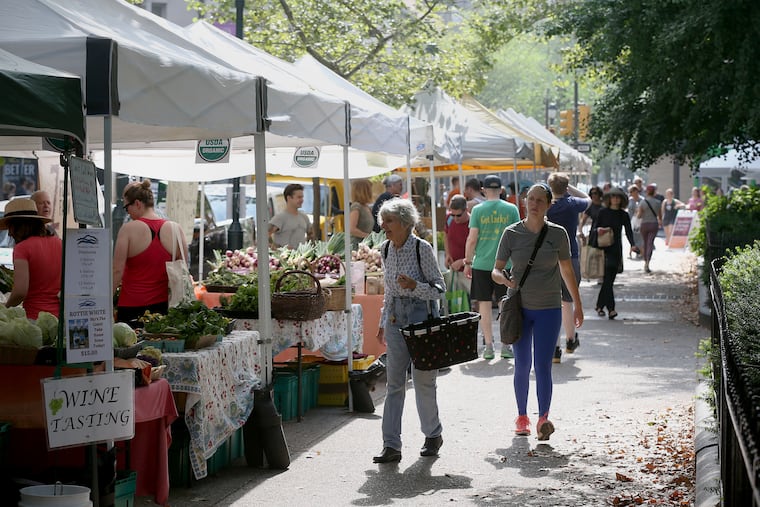How to shop smarter at the farmers’ market
Whose raspberries are better? Is it better to splurge on the local honey, sheep’s milk cheese, or grass-fed beef? Would you be just as well going to Trader Joe’s? Stay calm and grab a canvas bag.

Whose raspberries are better? Is it better to splurge on the local honey, sheep’s milk cheese, or grass-fed beef? Would you be just as well going to Trader Joe’s? Stay calm and grab a canvas bag.
